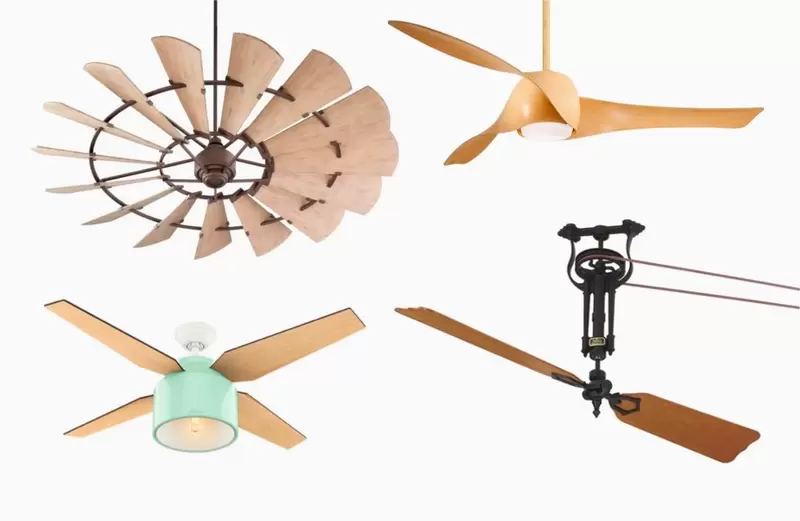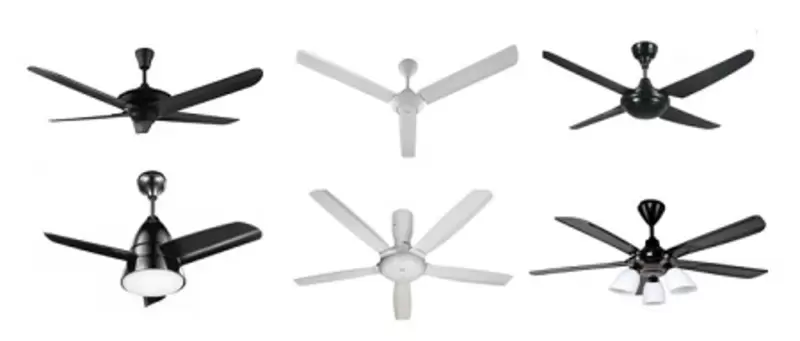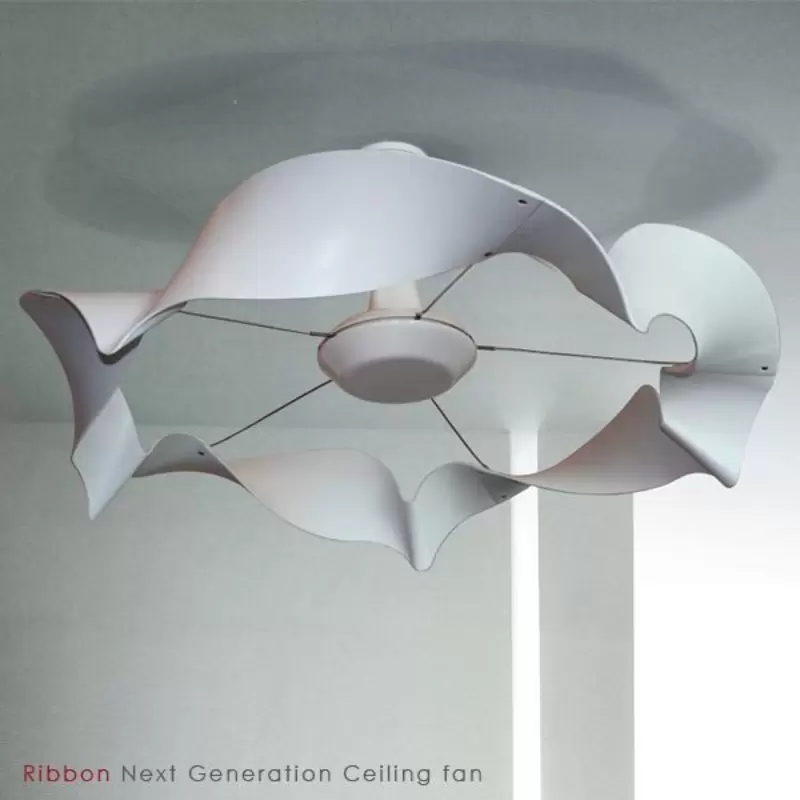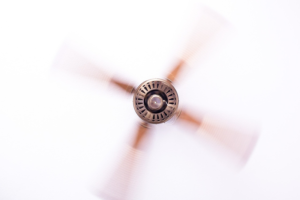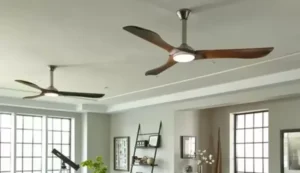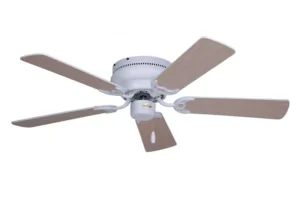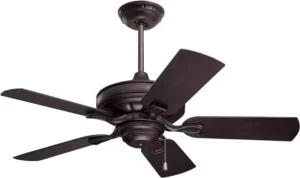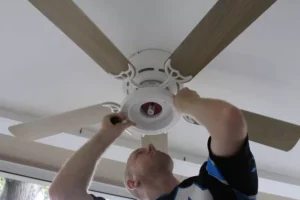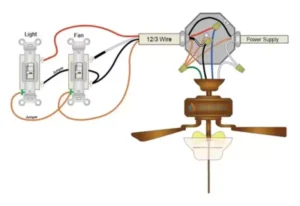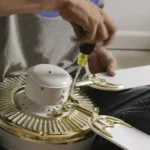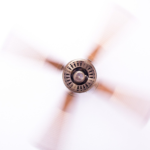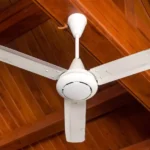Ceiling Fan Blades one zero one: Exploring Specific Substances, Designs, and types
In case you live in a warm region of america, chances are you have as a minimum one ceiling fan set up in your own home. those spinning wonders do an extraordinary task of circulating air and keeping you quite simply cool. but did you know that ceiling fan blades can be more than just practical? With the right cloth, length, and layout, your fan blades can complement your property’s interior décor in a stylish way.
On this guide, we will dive deep into the arena of ceiling fan blades – protecting one of a kind blade substances, blade designs, range of blades, and greater. via the give up, you’ll have all of the information needed to select the suitable set of blades to maximise both air movement and decorative attraction. permit’s get began!
What Are Ceiling Fan Blades made of?
With regards to ceiling fan blade cloth, you have got 3 main options: wood, plastic, or metal. every has its very own unique look, sense, and set of execs and cons.
The conventional – timber Blades
Not anything beats the timeless, herbal splendor of wood fan blades. From wealthy mahogany to heat very welltones, wooden complements honestly any decor fashion, be it traditional, rustic, or even modern-day settings.
> “Wood blades have this beauty and heat to them that just can not be replicated.” – interior dressmaker, Jacksonville, FL
Commonplace wood sorts used include oak, maple, cherry, and pine.Many wood blades also feature accent details like grooved or curved designs for added visual interest. While stunning, wood does require some maintenance to prevent cracking or warping over time.
Plastic – An Affordable & Lightweight Option
For budget-friendly fan blades that are easy to keep clean, plastic is hard to beat. Quality plastic blades can actually mimic the look of wood or metal quite convincingly. And their light weight makes them a safe choice for wobble-prone or lower-mounted fans.
The downside is that plastic indoor blades don’t always have adjustable blade pitches like other materials. And for **outdoor blades** in harsh environments, plastic may not be the most durable long-term solution.
Metal Blades for a Modern Look
Metal fan blades have grown in popularity alongside contemporary and industrial-inspired interior design trends. Materials like aluminum or steel give off a sleek, minimalist vibe perfect for modern living spaces.
Many metal blades come painted in an array of colors from crisp white to rich bronze tones. Just keep in mind that metal is one of the heavier blade materials, so it’s not ideal for every ceiling fan model. Proper balancing is key.
Popular Ceiling Fan Blade Designs
Now that we’ve covered materials, let’s talk design! While functionality is the priority, ceiling fan blade design contributes heavily to the overall aesthetic. Here are some popular styles:
Traditional Blade Designs
– Multiple wood blades with curved edges
– Accents like grooved or carved wood details
– Often incorporate warm colors like browns, reds, blacks
Modern & Minimalist Designs
– Fewer blades (3 or less) with clean lines
– Metal or plastic in solid colors like white, black, aluminum
– May incorporate unique shapes or cut-out designs
Rustic & Farmhouse Styles
– Distressed or antiqued wood appearance
– Raw natural finishes
– Chunky, oversized blades
Tropical & Outdoor Designs
– Materials like bamboo, palm wood, woven wicker
– Laid-back, casual, and beachy vibes
– Weather-resistant for covered patios
Of course, there are also niche styles like industrial fans with cage-surrounded blades, or unique contemporary pieces with abstract, sculptural designs. The options are endless!
A Note on Number of Blades
Most ceiling fans have 3, 4 or 5 blades. Fewer blades (like 2 or 3) tend to maximize air movement and energy efficiency by reducing drag. But more blades can circulate air better in larger spaces. 4-5 blade fans strike a nice balance for most residential spaces. And don’t forget – blade length matters too! Larger rooms benefit from longer blade spans to push more air outward.
Tips for Choosing the Perfect Fan Blades
With all these material and design options, how do you settle on the right ceiling fan blades for your home? Here are some tips:
1) Consider Room Size & Ceiling Height: Bigger spaces call for larger blade spans and higher blade pitches to maximize air movement. But low ceilings need compact, hugger-style fans with shorter blades.
2) Match Your Decor Style: As we covered, certain blade materials and designs work better for different interior design aesthetics. Aim for cohesion.
3) Think About Functionality: Will these be outdoor blades needing weather/UV resistance? Are you prioritizing efficiency over looks? Factor in your functional needs.
4) Get The Right Size Fan: Improper sizing is a common issue. Ensure your new blades will fit your ceiling fan’s dimensions. Blade span should be roughly 1-2 feet less than the room’s smallest measurement.
5) Be Open to Mixing Materials: Who says you can’t mix wood and metal? An eclectic, layered look can work beautifully!
And of course, don’t underestimate the power of simply browsing online galleries or in-store to see different fan designs and blade styles until one really speaks to you.
A Personal Fan Blade Picking Story
Speaking of choosing blades – I still vividly remember the great “ceiling fan debate” my wife and I had when renovating our den a few years back. I was team “brushed nickel industrial blades” all the way, but she felt that look was too cold and harsh.
We must have gone through 50 different fan blade options online before finally settling on a classic tropical design with 5 thin carved wood blades and wicker accents. Sure, it wasn’t my first choice, but I have to admit – the warmth and beachy vibe is perfect for our Florida home. Sometimes compromise is key!
Proper Ceiling Fan Blade Installation & Care
So you’ve picked out the perfect new decorative blades – great! But proper installation and maintenance are crucial for both safety and keeping those blades in top shape.
First off, we can’t stress enough the importance of carefully following the specific instructions for your ceiling fan model when attempting a DIY switch of fan blades. Each model has its own quirks, so don’t skip those steps!
Here’s a quick overview of the typical blade installation process:
1) Turn off power to the fan from its circuit
2) Carefully remove the existing blades
3) Install the new blades securely with accompanying hardware
4) Perform any balance or level adjustments needed
5) Turn power back on and do a spin test
Seems straightforward, but one slightly wobbly or unbalanced blade can quickly become a noisy, shaky situation. Don’t hesitate to have a professional handle the fan blade installation if you’re not 100% confident in the process.
Once installed, be diligent about periodic cleaning (consult manufacturer guidance) and keep an eye out for any cracks, warping, or other damage that may require a blade replacement down the road.
The Perfect Finishing Touch
Well, there you have it – a comprehensive guide to finding the ideal ceiling fan blades for your space. From classic wood to sleek metal, numerous styles and decorative blade designs can transform an ordinary fan into a real showpiece.
But don’t forget – at the end of the day, proper blade size, shape, and pitch directly impact air circulation performance as well. It’s all about striking that magical balance between form and function.
So whether you favor traditional curved oak indoor blades, bold and bright painted plastic blades, or weathered bamboo outdoor blades for the patio – do your research, have fun with the decision, and don’t be afraid to get a little creative! After all, your ceiling fan should be both a hardworking breeze-maker and an eye-catching design element.
